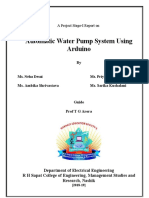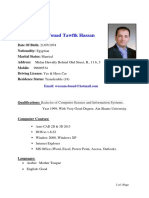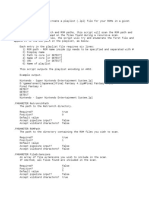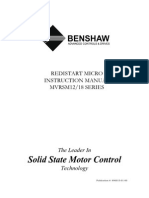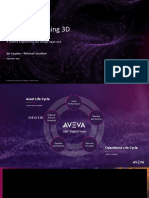0% found this document useful (0 votes)
5 views5 pagesJava Viva 100 Questions by Unit
The document contains 100 viva questions and answers based on the Java syllabus, covering topics such as Java basics, OOP concepts, exception handling, multithreading, Java new features, collections framework, and the Spring framework. Each section includes key concepts and definitions, providing a comprehensive overview of essential Java knowledge. This resource is designed for students preparing for interviews or exams in Java programming.
Uploaded by
232840Copyright
© © All Rights Reserved
We take content rights seriously. If you suspect this is your content, claim it here.
Available Formats
Download as PDF, TXT or read online on Scribd
0% found this document useful (0 votes)
5 views5 pagesJava Viva 100 Questions by Unit
The document contains 100 viva questions and answers based on the Java syllabus, covering topics such as Java basics, OOP concepts, exception handling, multithreading, Java new features, collections framework, and the Spring framework. Each section includes key concepts and definitions, providing a comprehensive overview of essential Java knowledge. This resource is designed for students preparing for interviews or exams in Java programming.
Uploaded by
232840Copyright
© © All Rights Reserved
We take content rights seriously. If you suspect this is your content, claim it here.
Available Formats
Download as PDF, TXT or read online on Scribd
/ 5



























































